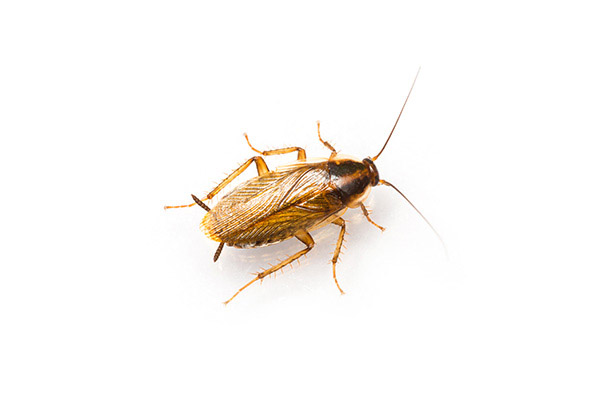The German cockroach (Blattellagermanica) is the most widely distributed and difficult to control global household hygiene pest. In addition to stealing and contaminating food, damaging clothing and books, and damaging precision instruments such as computers, causing economic losses, its main harm is the spread of a large number of diseases. Due to their strong adaptability and fast reproduction, German cockroaches are prone to developing resistance to chemical insecticides, making their control difficult.

The adult German cockroach is an elliptical shape with a flat back and abdomen, divided into three parts: head, thorax, and abdomen. The smaller ones are only 0.2-0.5cm long, and most of them have a body length of 10-30mm, appearing yellow brown, reddish brown, or dark brown. The body length and color vary depending on the species, and the body surface is generally shiny and glossy. Early instar nymphs are small, dark brown to almost black in color, without wings. After forming wings, the nymphs have a distinct light stripe in the center of their backs. Cockroaches have a bottom mouthed head, chewing mouthparts, a pair of developed compound eyes, a pair of single eyes (small and underdeveloped), two pairs of wings, leathery forewings, and membranous hindwings, but rarely fly. They have three pairs of crawling feet of the same shape, with developed and strong thigh joints, and are good at brisk walking. The male has one pair of ventral spines on both sides of the posterior edge of the ventral end, while the female has no ventral spines. Based on this, males and females can be distinguished. The front chest is well-developed, the back panel is wide and flat, the middle and back chest are smaller and cannot be clearly distinguished, and the abdomen is flat and wide, divided into 10 segments.
German cockroaches can excrete strange smelling secretions from different parts of their body, which can cause food to become tasteless and spoiled; When the population density is high, these secretions will produce a specific odor in the places they disturb. This cockroach can not only bite and damage food, medicinal herbs, fiber fabrics, paper, and cultural relics, but more importantly, it can also carry various pathogenic microorganisms, such as Shigella, Pseudomonas aeruginosa, Proteobacter, Salmonella, Salmonella typhi, viruses, molds, parasitic eggs, and protozoa. Its excrement and shed skin can also carry allergens and may cause transmission, leading to symptoms such as rash, asthma, sneezing, etc. in people with allergies, but it is not often associated with serious diseases. Multiple fungi, adenovirus, enterovirus, poliovirus, etc. have been isolated from cockroaches in China, and pathogens such as liver surface antigen, worm eggs (roundworms, whipworms, pinworms, tapeworms), amoebas, and flagellates have been detected. In some extreme cases, they can also become foreign bodies in the external auditory canal, and even rare bronchial foreign bodies.
Overall, the large amount of pathogens carried by German cockroaches pollutes people's daily living environment, disrupts their normal lives, affects their physical health, and brings troubles to people's lives.















